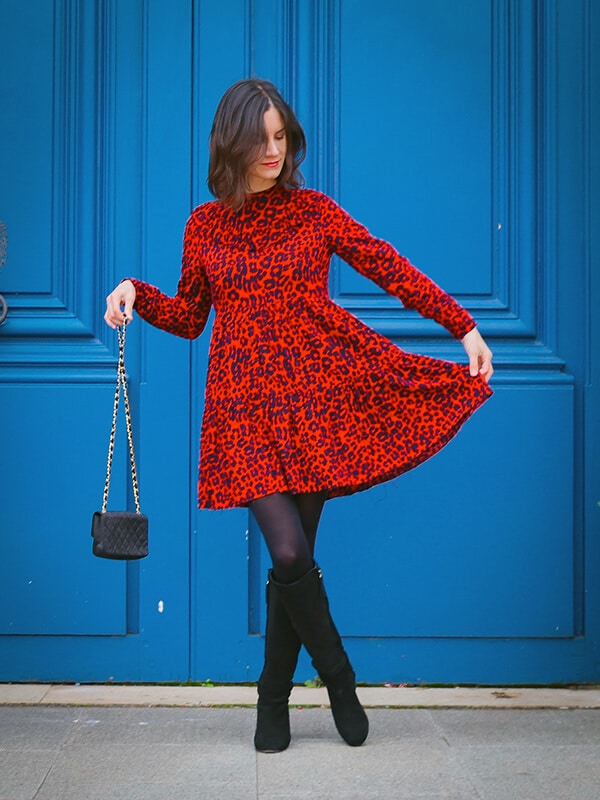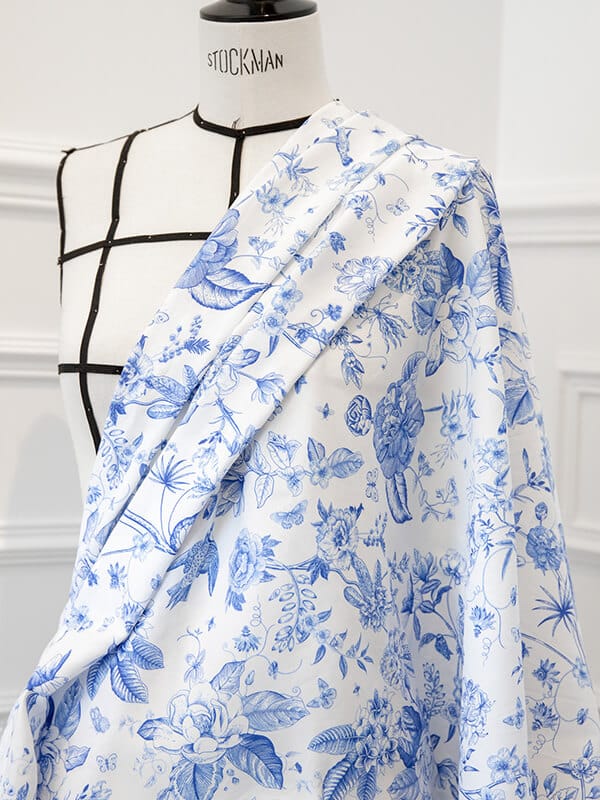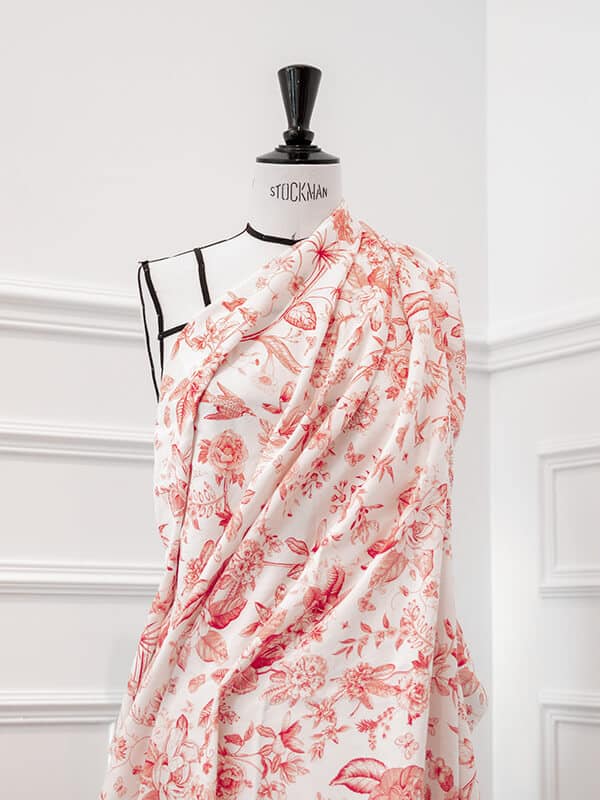I know that, for many of you, sewing is more than just a hobby: it’s a way to contribute to preserving the environment. The environment is something I, too, care deeply about, which is why I’m turning more and more towards eco-friendly production practices. This includes creating products as well as communication materials that reduce my brand’s carbon footprint as much as possible.
How does this work? Well, there are a few ground rules—and, fortunately for me, getting deeper into eco-production doesn’t mean starting from a blank slate, since there are already a good number of websites and online design communities where makers and artisans exchange tips and best practices on how to go eco-friendly. But in reality, this subject is still in its experimental phase. Personally, here are a few of the actions I’ve taken to head in the right direction:
Reducing my Patterns’ Ink Consumption
It may sound trivial, but the impact is real: reducing the thickness of the lines and the size/thickness of the letters on printable patterns results in a lot less wasted ink. I’ve changed the font that I used for number markings: initially, I simply used my logo font, which is pretty bold—now, I’ve removed the black colorfill on each number so you only have to print the outline.
On some of the patterns, you’ll notice that the pink background seen on some areas has been replaced by a lighter cream background. This color shift has the added benefit of increasing the contrast between the black lines and the background, which makes the new version more accessible to all levels of visual impairment (and indeed, accessibility is another subject I’m trying to tackle with French Poetry—you can check out my article on illustrated booklets if you’re interested in learning more). Serendipitously, the cream background simply feels more modern, so this adjustment is a win-win all around!
I am implementing this updates progressively, because I do still have quite a stock of pink paper and cardstock that I don’t plan on wasting. The first pattern that will include these changes is Vega.
Using recycled materials
For both the patterns and their packaging, I’ve switched to entirely recycled materials. Currently, I still am on the hunt for high-quality recycled envelopes; for now, I’m sticking to the ones I already used, which are bleached—and of which I am particularly fond because they are cardboard-supported and very sturdy, so I know my patterns will arrive safe and sound to all of your mailboxes! Nevertheless, I’m doing my research to find a more eco-friendly alternative.
A new packaging-free option
I am realizing that many of my clients don’t necessarily need the sleeve packaging that my patterns come in. Of course, the sleeve is cute, and makes for a nice gift delivery; but if you’re ordering a pattern for your own use, you probably don’t even think twice about the sleeve it comes in, or whether it comes in a sleeve at all.
That’s why I have starting selling a packaging-free option, which includes only the pattern papers and the instruction booklet. When you order, you can specify if you would prefer to receive a digital version of the instructions and keep the mail order to the pattern papers. And don’t worry if you’re ordering several patterns at once, or if you don’t use them immediately: the name of every pattern is marked on each paper, and also on each template, so you can identify which pieces belong to which pattern.
This option is not only more eco-friendly, but also more budget-friendly: it makes up for the slight recent price hike in printed booklets. The first patterns that will include this option are the Vega and Stella dresses; all the others will be updated soon!
Optimizing my website
While I never gave in to the trend of having automatically playing videos on my homepage, which consume a considerable amount of energy (and can create accessibility problems), I did used to have some animations on my homepage—which I have recently decided to remove. My videos only play if you actively click on them, too.
Optimizing a website for lower energy consumption is a total win-win: the site becomes clearer, simpler, faster-loading, and generally more user-friendly.
Consuming Less Server Space & Energy
In the same vein, I consistently try to take up as little space as possible on my professional server—by deleting video clips once I’ve finished the final montage, for example.
I hope to soon be able to share more updates on eco-production and my journey towards a more environmentally-friendly brand! In the meantime, thanks for reading, and please feel free to share any tips or best practices on this subject if you have any.





